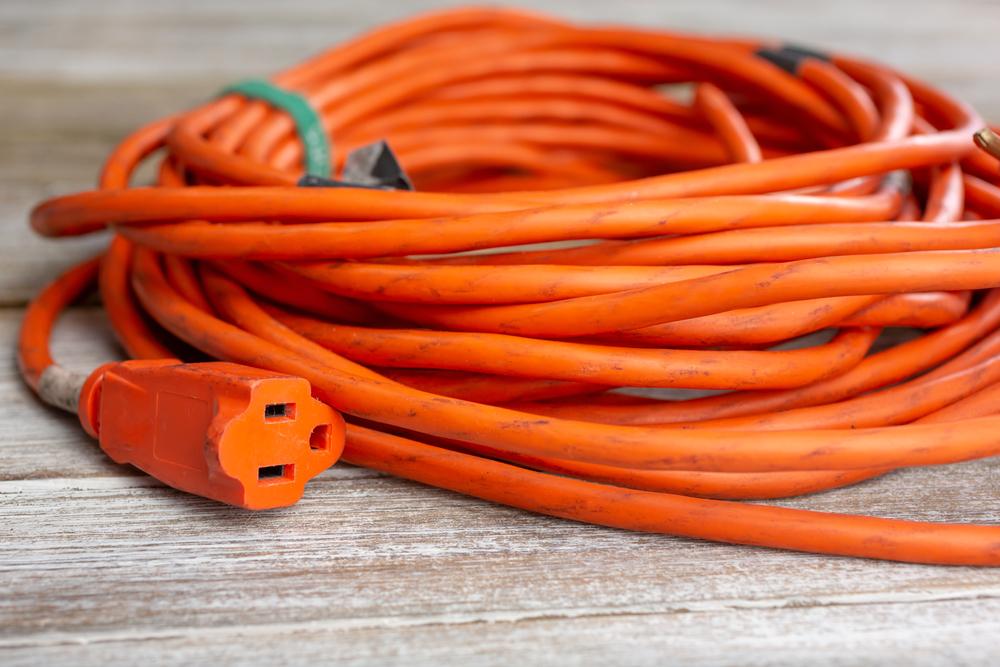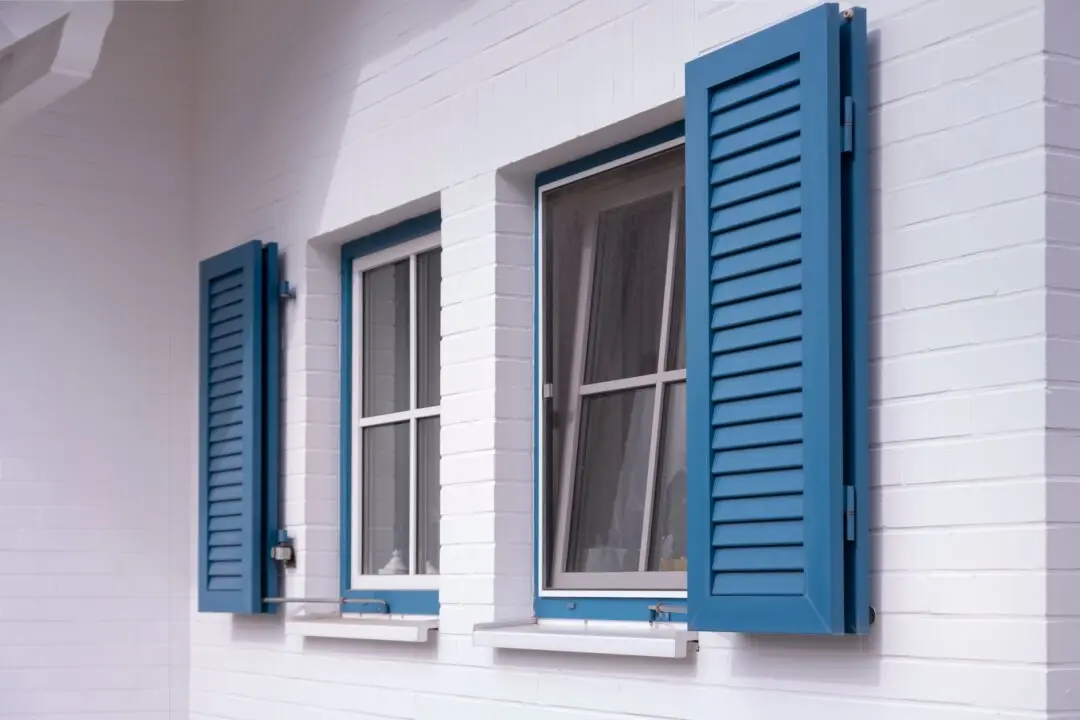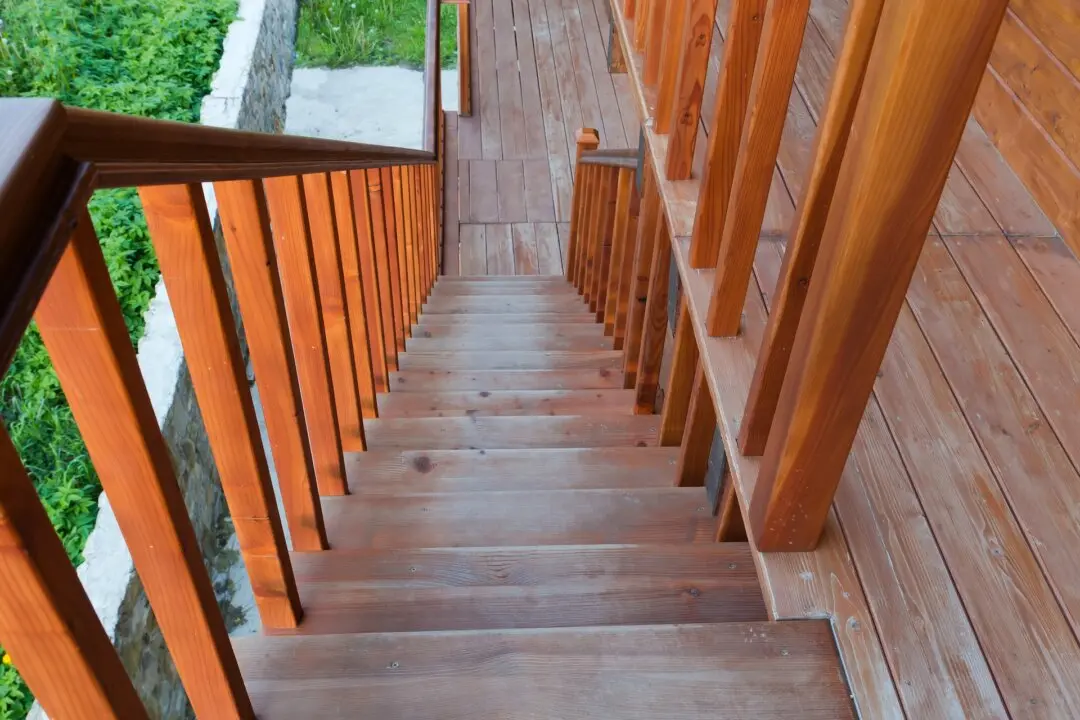Dear James: I am a do-it-yourself type of guy. It always is frustrating trying to untangle extension cords and air hoses. What is the best method to store them after each use? —Clark H.
Dear Clark: Many people now use lithium cordless tools, so cord storage is not a problem. If you do a lot of substantial do-it-yourself projects, high ampere corded and pneumatic tools are an excellent choice. They both provide limitless runtime, and pneumatic tools provide very high torque and power. This is why professionals use them.





